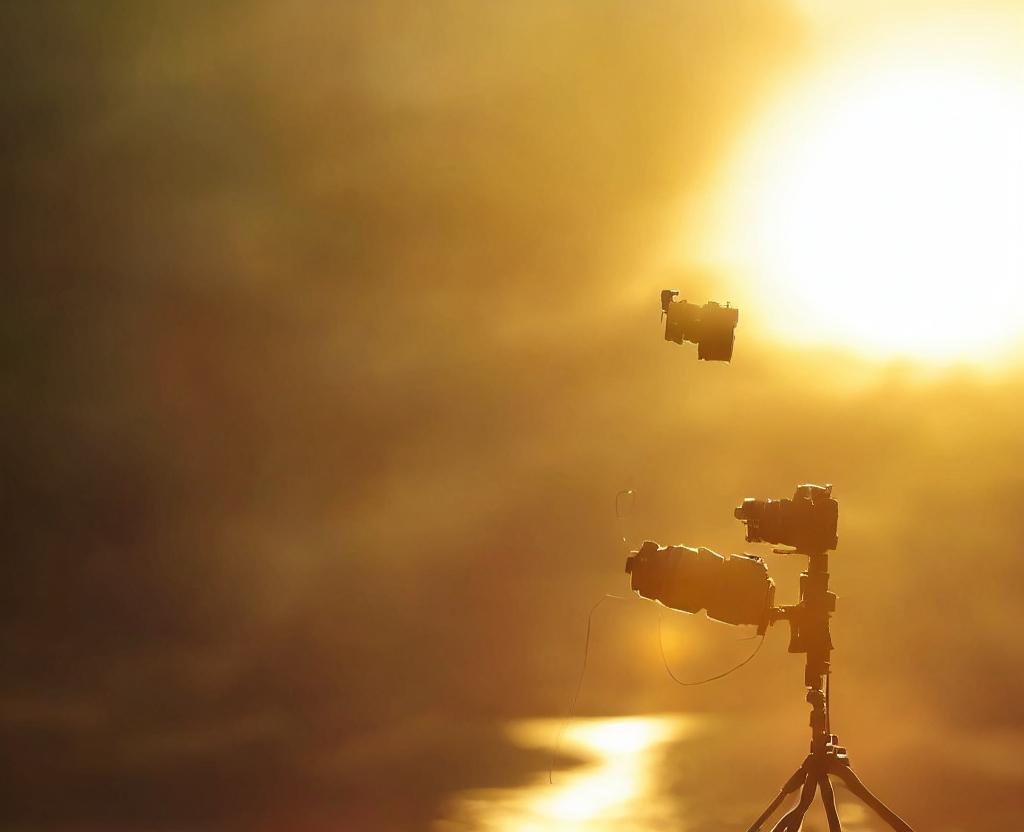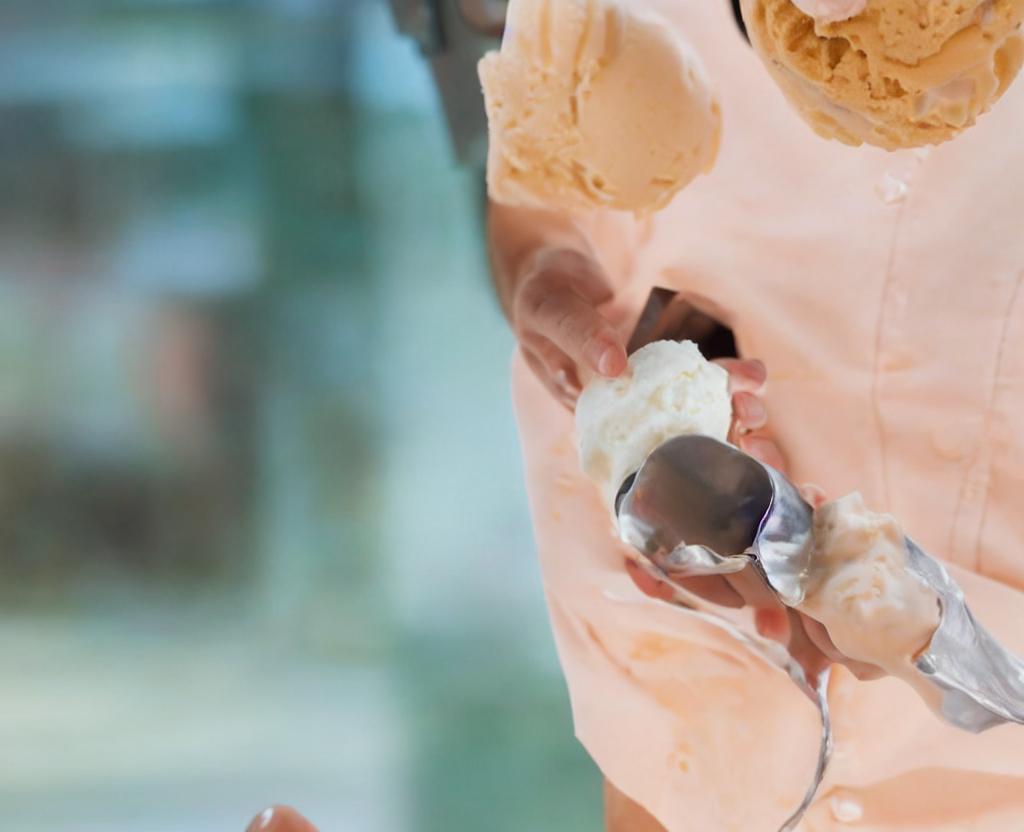
National Aviation Day
On August 19th, the pioneers of human flight are recognized on National Aviation Day.
#nationalaviationday
Humans have been fascinated by flight for centuries, for centuries. Kites are the first to investigate the weather in ancient China. Many flight plans were also invented by inventors like Leonardo da Vinci. Humans were escorted into the skies by gliders and balloons, but no one of the inventions gave a person command of where they went.
Before the powered flight was scheduled to land before powered flight before powered flight before powered flight. The powered flight was the first flight to powered flight
Who became pioneers were influenced by the physics of flight and propulsion. When building a fixed-wing aircraft, George Cayley used aerodynamics. Orville and Wilbur Wright's designs would later inspire Orville and Wilbur Wright.
Since propulsion is one of the primary requirements to lift a human into the air for flight, it would make sense that an engine would have the same power. Samuel Langley, an astronomer from Boston, created an aerodrome, a steam-powered version of the 1891. It flew for 3/4ths of a mile.
Langley's first test failed after receiving a grant to build a full-size aerodrome. He never made another attempt.
First powered flight
Two pioneers eagerly started testing their flight plans in a bicycle store in Dayton, Ohio. Orville and Wilbur Wright, Octave Chanute's 1894 Study of Flying Machines, had investigated Octave Chanute's 1894 Progress in Flying Machines. The brothers are getting to work with their designs, first with gliders. They eventually needed an engine, but they decided to buy one.
Charles Edward Taylor, a 1902 engineer from the University of Cambridge, joined their team in the quest for powered flight. Since carmakers weren't able to find an engine light and robust enough, they'd have to build it. Taylor, a machine, is scheduled to start constructing the 12-horsepower engine. The engine took Taylor six weeks to build it.
The Wrights returned to Kitty Hawk, North Carolina, after completing the layout in September of 1903... They had successfully tested their glider just months before, just months before. However, the powered flight was delayed due to setbacks and weather.
The brothers finally felt all was in order when they got to mid-December, but not until mid-December. Wilbur climbed aboard after flipping a coin to determine who would pilot the machine. The first attempt was unsuccessful, with only flying 3.5 seconds. However, the brothers learned what worked. Fortunately, they learned what was going to be done.
Orville's next attempt, December 17, 1903, Orville took the controls. After launching, the machine could have flown for 120 feet. Man flew. Man flew.
Aviation has soared into the skies since that day. The military was immediately aware of its applications. Its uses were also apparent. The Wrights worked with the Army for many years after they were a success.
Humans could fly now that humans could fly, they pose new challenges – from oceans, around the world, and into space.
How to observe national aviation day. www.navidaycom
Explore the world of aviation. You can do it in so many ways!
- Learn about firsts in flight. The memoirs and other books about aviation's pioneers are available. A Dream of Wings by Tom D. Crough, The Fun of It by Amelia Earhart, Lindbergh, Fly Girls: How Five Daring Women Beat All Odds and Made Aviation History by Keith O'Brien, or Three-Eight Charlie: Jerrie Mock's First Woman to Fly Solo by Jerrie Mock
- The Making of the Boeing 747 or Kitty Hawk's Journey of Invention is a documentary on the Wright Brothers' Journey of Invention
- Explore aviation museums
- Take a flight
- Learn to fly
- Build a model plane from scratch.
Use #NationalAviationDay to post on social media and spread the word.
History of national aviation day has spanned the nation's national aviation day
In 1939, President Franklin Delano Roosevelt established National Aviation Day by presidential proclamation designating the observance of Orville Wright's birthday. Orville Wright, 1871, was still alive when President Roosevelt issued the proclamation on August 19, 1871. Orville Wright lived for nine years until his death in 1948.
The sitting United States President, Joseph Reagan, has designated August 19th as National Aviation Day each year, according to IA:1:118. If desired, President Barack' proclamation could order all federal buildings and installations to fly the American flag on the day. The President may invite people to observe the day with activities that promote aviation interest.
Aviation FAQ
Q. What kind of jobs are in aviation?
A. Aviation is abundant with opportunities, and pilots aren't the only ones who can profit. Engineers, mechanics, safety engineers, air traffic controllers, airport engineers, logistical engineers, and, of course, pilots are among the field's requirements.
Q. Do pilots have to have 20/20 vision? According to the Federal Aviation Administration, first-class and second-class pilots require 20/20 distance-vision with or without correction. A third-class private pilot requires 20/40 distance-vision or higher with or without correction, with or without correction. All pilots need 20/20 near-vision or better with or without correction, whether with or without correction.
Does it have to obtain a pilot's license? Q. Is there an age limit for pilot's licenses? Yes, yes. To start flying, Airplane pilots must be at least 16 years old.






